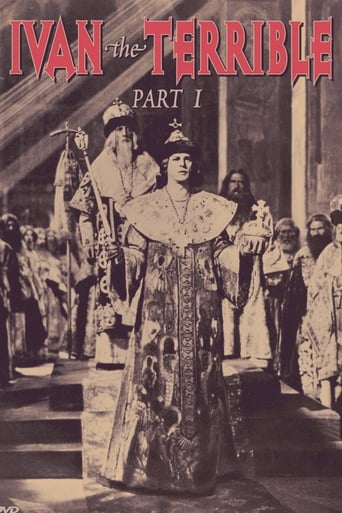


Ivan the Terrible, Part I
Set during the early part of his reign, Ivan faces betrayal from the aristocracy and even his closest friends as he seeks to unite the Russian people. Sergei Eisenstein's final film, this is the first part of a three-part biopic of Tsar Ivan IV of Russia, which was never completed due to the producer's dissatisfaction with Eisenstein's attempts to use forbidden experimental filming techniques and excessive cost overruns. The second part was completed but not released for a decade after Eisenstein's death and a change of heart in the USSR government toward his work; the third part was only in its earliest stage of filming when shooting was stopped altogether.
-
- Cast:
- Nikolai Cherkasov , Lyudmila Tselikovskaya , Serafima Birman , Mikhail Nazvanov , Mikhail Zharov , Amvrosi Buchma , Mikhail Kuznetsov


Similar titles
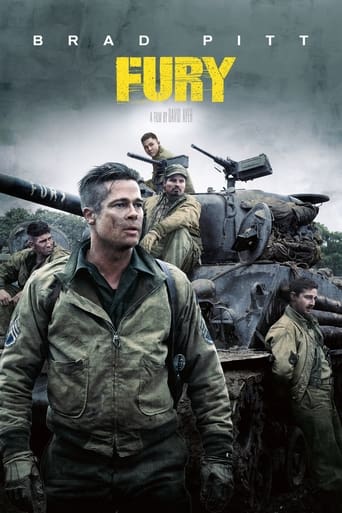
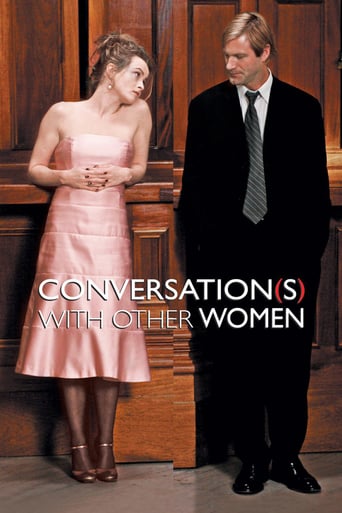
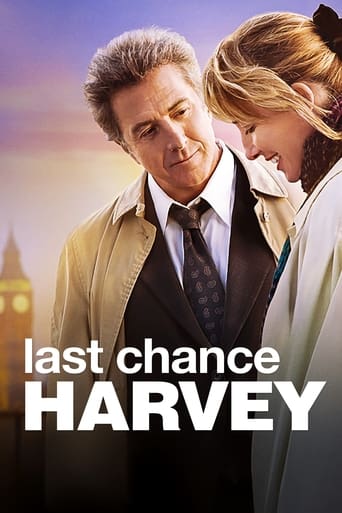
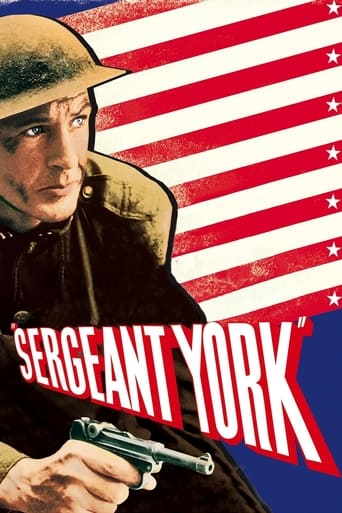
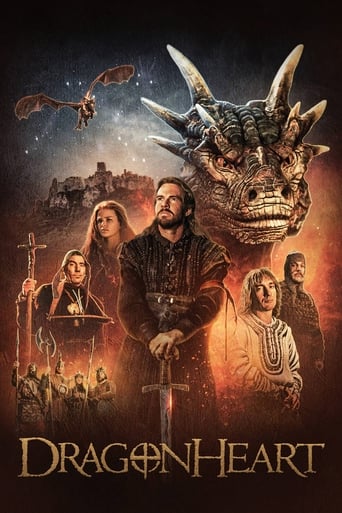
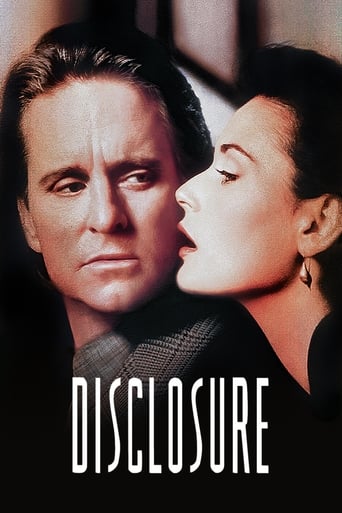
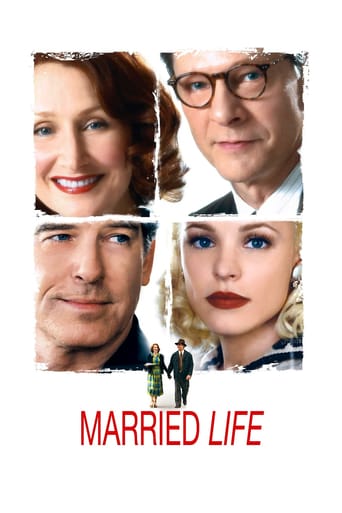
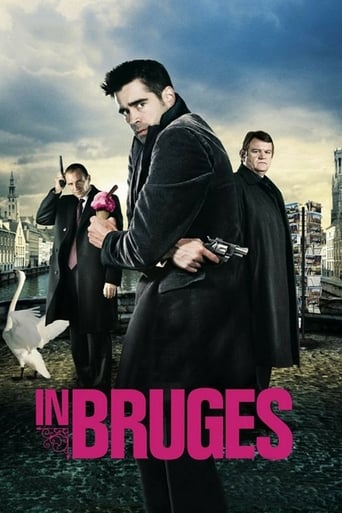

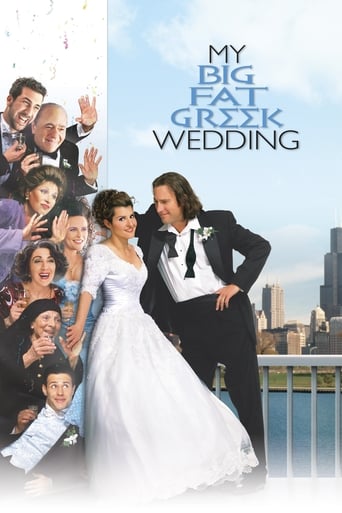
Reviews
An Exercise In Nonsense
Blistering performances.
Through painfully honest and emotional moments, the movie becomes irresistibly relatable
Exactly the movie you think it is, but not the movie you want it to be.
Although the few talkies Eisenstein made are often noted as being much different than his silent, I did find many traces of Eisenstein's trademark visual style all throughout this masterpiece. Brief flickers of genius, artistic filmmaking were present multiple times, and much of it felt like a silent film with words (if THAT makes any sense). Eisenstein was no doubt an extremely visual filmmaking, and although his few talkies certainly DO have a lot of talking, sometimes their visuals convey even more.Various images sprinkled throughout this film shall likely remain in my cinematic memory for years to come. Ivan's haunting shadow looming behind him in an almost ghostly manner, the many close ups of Ivan, showing off actor Nikolay Cherkasov's bizarrely creepy and unique face. These Gothic images tell a story of conflict and pain that is at times relentlessly dark and tragic. This is a powerful and haunting epic, a film injected with an indescribable real-yet-somehow-surreal type atmosphere, and the same mood as a German Expressionist horror film crossed with a David Lean blockbuster
In the times of Stalinist monstrosity, what could one expect from the Soviet movies was sheer propaganda, pictures of no individuals with their complexities but of the nation, the masses as a supreme hero. In the early 1940s, Sergei Eisenstein's choice to make a film about the tsarist Russia occurred a hard task to handle as an ambiguous production with ambiguous targets. Although the Soviet art, at that time, was a little more open to represent the historical figures (obviously shaping them to the 'appropriate values' widely imposed upon artistic visions), the unpopular tsarist Russia depicted on the screen was, anyway, challenging at multiple levels. One had to be content with less than planned... Yet, thanks to director's flexibility in the politically correct opening and closing, IVAN THE TERRIBLE's world popularity nowadays is nothing but a shadow of its initial acclaim in the Soviet Union.The prologue, though reflects clearly the ideal of the times, leads us to the close-up of regalia at the magnificent Cathedral of the Dormition where the coronation of prince Ivan takes place. We see the shining crown before we see his face, we hear the blissful chants before he hear his words. He becomes the new tsar – the man, the monarch, the uniting ruler who appealed to the depraved mind of Joseph Stalin in his idea of controlling the masses. Is he, similarly, the man who wants power for himself? Is he the ruler of terror in the 'third Rome?' Is there any disguise in the nation's 'father' who will reject the conspiracies against his authority? A nationalist who rejects the foreign pressures on internal politics? The man who does not want to be influenced by foreign ideas?Although the historical Ivan (1530-1584) was, perhaps, such a 'cosmopolitan ruler' (speaking in today's terms), the movie IVAN THE TERRIBLE is none of these. While it inevitably appears to be the product of the politics that examined and limited it, the movie is foremost the manifestation of Eisenstein's creative contribution to cinema influenced by various foreign trends observed in the first half of the 20th century. The film immediately raised the interest worldwide (Charlie Chaplin championed it as "the greatest historic film that has ever been made"), there is still, after all these years, hardly any movie which has been debated so widely by film scholars. Eisenstein proved that cinema can truly serve the task of intellectual stimulation by his baroque vision, his symbolism, his experience with various studies (as Yuri Tsivian mentions that in his book about the film). But when we leave all the learned notes and consider this film from a fresh perspective...with modern habits and desire for entertainment?The key strength of the movie lies in the use of images, the unforgettable, haunting, nightmarish, unforgettable visuals that seem to evoke a variety of feelings. Deeply influenced by German Expressionism, much visual attention is stirred by light and shadow...let me note one of the most powerful scenes when the shadow of Ivan's head occurs to dominate all the set. The bizarre wardrobe worn particularly by the foreigners in the coronation scene go with the perception of the plot and introduce symbols in a powerful manner. What is familiar and what is weird? The atmospheric impressions reach their climax at the tsar mourning his beloved wife, Anastasia Romanovna, already placed in the coffin located at the superior position. That characterizes the most memorable moments of the film, including Ivan's illness, the noteworthy wedding scene, the Kazan sequence.Another great artistic merit of the movie is sometimes traditional, sometimes melancholic, sometimes haunted yet considerably operatic music by Eisenstein's eminent collaborator and a reliable friend, Sergei Prokofiev, an icon Russian musician of the 20th century. The music seems to combine many elements and appears to make a significant contribution to both the storyline and the atmosphere. Andrew Grossman nicely puts it: "We cannot speak of Ivan the Terrible without mentioning Prokofiev's peerlessly melodic score (...), which, like the film's acting style, often provides a kind of counterpoint to the action." A 1981 New York Times review adds about Prokofiev's music as "weighted with insistent significance, like the limited but exaggerated masque gestures and expressions found in Eisenstein's cinematic faces." Here, a mention must be made of Russian folk songs nicely adapted at the wedding scene as well as the blissful Russian Orthodox liturgy.The performances are, perhaps, the most flawed aspect of the film, the most flawed which does not mean unworthy attention. Of course, the standards of acting cannot be applied to modern ones and the approach is considerably theatrical and dated. Nikolai Cherkasov fits well to the role and portrays the character of an 'eccentric bird' (consider the symbols of animals incorporated in some characters) convincingly. He portrays a ruler who unfurls his wings like a bird and begins to walk his own path. Among the supporting cast, I consider Lyudmila Tselikovskaya worth attention as the loyal, gentle, beautiful tsarina. A good character, a sympathetic one, loyal to the tsar from the very day of the wedding! In opposition comes the devil-like, the snake Efrosinia, tsar's wicked aunt who wants her son as an heir to the throne. She, as a 'black' villain, evokes certain mechanism in our perceptions, stimulates us by her gestures (with reference to Meyerhold's biomechanics that Eisenstein had studied). She is clearly a character easily to be despised. Mikhail Nazvanov is also given a considerable time on the screen as the foxy prince Kurbsky.IVAN THE TERRIBLE PART I, as a historic movie, a Russian classic, a gem with some dated approach may indeed rouse and stimulate modern visions. Still more 'national' than 'individual' but interesting in overall view. The acceptance granted by the monsters in power at the time opened the door to a more complex development of the man who stands behind the upright visions, perhaps, a man in wrong places, at the wrong time, among wrong people? Content with less...?
Even though this is still a fine movie, that is skillfully directed, the movie also suffers from Sergei M. Eisenstein 's directing style.Sergei M. Eisenstein began his directing career back in 1923. He also directed his best and most classic and memorable movies during that decade. I'm talking about real artistic and influential classics such as "Bronenosets Potyomkin" and "Oktyabr". Later during his career he however changed very little in his style and approach of directing. What worked out so extremely well in the '20's and till some extend the '30's however don't work as well for an '40's movie. The movie is directed like all of his silent movies, while of course this movie is fully spoken and features lots of dialog. Still Eisenstein tries to tell the story with the actor's very expressed faces and looks. The movie has lots of long staring, intense looks and big eyes in it, with exaggerated motions, like you will only normally see in an early '20's movie. This movie would had been way better had it been made in the '20's, without sound- or if Eisenstein had picked a different approach, more suiting of its time.It tells the story also slow and therefore the movie is not at all time that interesting to watch. The movie could had told way more and way faster. That way Eisenstein also wouldn't have had to bother to make two more sequels to this movie, which however got banned or just completely halted by Stalin because the movies were being too critical for his taste about the character of the 'great' Czar Ivan IV and the current 'modern' Soviet reign.Nevetheless it by no means is a horrible movie. It's just being overrated, probably because it got directed by the great Eisenstein, who is one of the most influential early movie directors from the 20th century.The movie is still good to watch and it does tell a story filled with themes of all time concerning power and betrayal. Artistically it also is a fine looking one, even though the approach, look and feeling of the movie was already terribly outdated for normal 1944 standards.Good movie but not really right and suiting for its time. Eisenstein's earlier movies remain his better ones.7/10http://bobafett1138.blogspot.com/
The combination of Russian adventurism in the Near East and Russian Orthodox Christianity, juxtaposed with the terrible fight for survival against the Nazis, produced this masterpiece. Never mind that such understatements as "In Which We Serve" reduce this to it's rightful place in propaganda- that just moves IWWS up towards it's rightful place amongst the Greatest Films Ever Made. This is more along the lines of the wartime production of Harry V- great propaganda, but stuff that tells more about the producers than their erstwhile enemies.Harry lauded the British qualities of beggar thy master, a British Longbowman is as good, and sometimes more worthwhile, than his lord; Ivan says that Comrade Stalin is worth ten divisions, especially if he looks like Jesus Christ (a bird- I am stuffed if I can figure that one out; maybe some people have been reading too much Derrida inspired, Post Structuralist Bovine Excrement). As an ex-seminarian, Comrade Stalin almost certainly had a Messiah Complex; as a Russian, he definitely had no time for any democratic drivel. A Makarov bullet to the back of the brain inspired him, Putin, and every nasty Russian Dictator in between.Americans and Russians have two things in common- they were the last people on earth to outlaw slavery in the 19th Century, and they were the last people on earth to recognise, and fight, the horror of Fascism in the 20th. As propaganda, this is great; as history, it is frightening.
